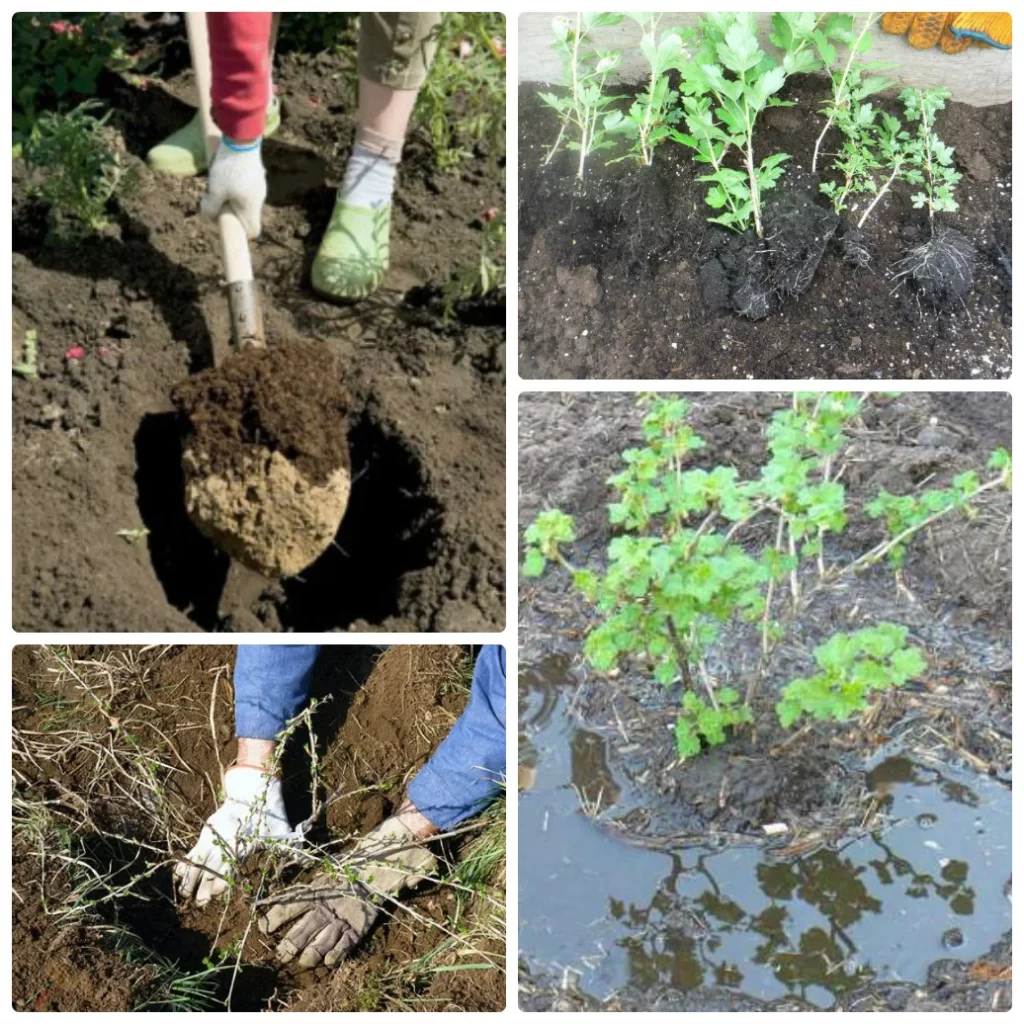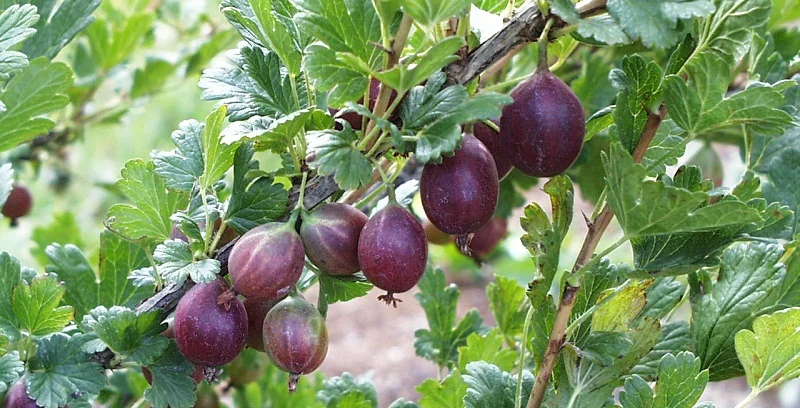Gooseberry berries are a valuable dietary product, especially valued in metabolic disorders, especially in obesity. Gooseberries are rich in B vitamins (B1, B2, B6, B9), vitamin A, vitamins C, E, PP, as well as micro- and macronutrients: iron, iodine, potassium, calcium, magnesium, copper, molybdenum, and others. It contains organic acids, mono- and disaccharides, dietary fiber.
Gooseberries are considered an unpretentious plant, to get a rich harvest you need to plant it properly. After all, under favorable conditions, gooseberries are able to bear fruit for forty years, and produce up to ten kilograms of berries per year from one bush.
Where to plant gooseberries
For gooseberries, choose a well-lit and well-ventilated place. Groundwater in this place should not be closer than one and a half meters to the soil surface.
When to plant gooseberries
Purchased gooseberry seedlings can be planted in the ground in early spring (early April) or autumn (late September, early October) – whichever is more convenient. However, autumn planting of gooseberries is considered the best, because the root system of the bush at this time takes root better, has time to strengthen before the cold. With the advent of spring, gooseberries begin to grow rapidly, rather than expending energy for rooting. Also, the time of planting gooseberry seedlings depends on weather conditions, if the autumn is dry and hot, it is better to plant seedlings in the spring.
Preparation of gooseberry seedlings for planting
When choosing a seedling, pay attention to: age (biennial); on the roots (should be well developed, 20 cm long). Seedlings should have at least three skeletal branches up to 40 cm long in a woody state with yellow bark. Before planting seedlings, carefully inspect and, if necessary, remove dried or damaged parts of branches or roots. To make the seedlings take root faster, soak the roots in a solution of any growth stimulant.

How to plant gooseberries, care for gooseberries
In early September, dig the soil to the depth of the shovel, breaking the lumps and throwing weeds. Dig a hole slightly larger (40 x 40 cm or 50 x 50 cm, depth – 60 cm, between plants 1.5 m) than the root system of seedlings, with a fertile layer of soil (top 10 cm layer) set aside in one direction, and the rest of the soil – in another. Fill the pit half with a mixture of two thirds of fertile soil, buckets of compost and complex fertilizer (200 g), and pour a third of the fertile soil with a mound in the middle of the pit. Before planting gooseberries, leave a hole for 14-20 days for the soil to settle a bit. The landing pit is ready.
Put the seedling in a hole on the mound, spread the roots, the neck of the seedling should be sunk into the ground by 5 cm, water the roots, cover with fertile soil.
Compact the soil around the seedling with your foot, and water again so that the water does not evaporate quickly, cover the soil with mulch (hay, sawdust, cut grass, compost…)
After planting, you need to shorten the tops of the shoulder straps by 5 cm so that the bush grew wide.
After autumn and spring planting, seedlings are watered regularly (once every 7 days) until frost.

